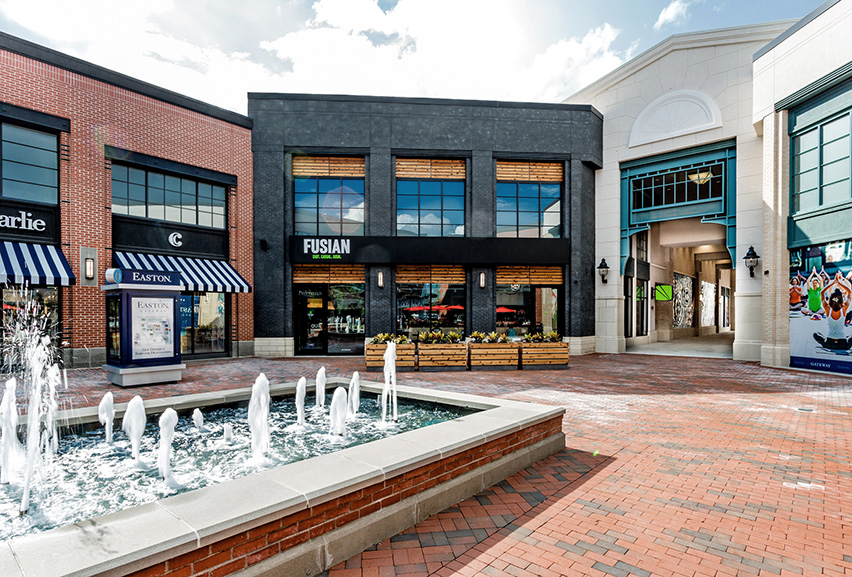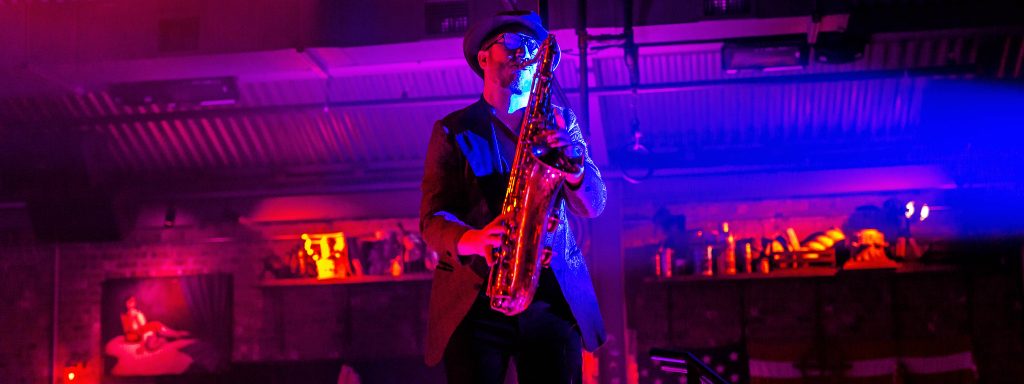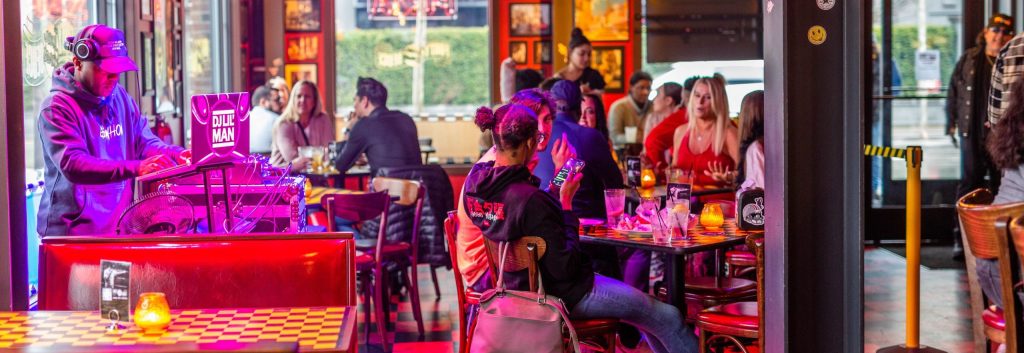By Yaromir Steiner
The changing world of regional retail–and design and development guidelines for the next generation of integrated retail developments
It is no secret that there is a significant paradigm shift underway in the world of regional retail development.
While it continues to be business as usual for some brick and mortar retail sectors, a major transformation continues to unfold across America’s regional retail landscape. When we take a closer look at the underlying fundamentals, we can yield some important insights about what is causing these changes, where regional malls are headed, and what developers must do to not only survive, but thrive in this new environment.
The What
Many regional enclosed malls are already dead, and hundreds more are dying slow deaths. At the same time, more and more open-air mixed-use retail environments are emerging–some of which are regional in nature, and all of which are competing directly with those enclosed regional malls.
The best of these new projects have common characteristics: a significant portion of their public space is outdoors; non-retail leisure time components are a large component of the tenant mix; and non-retail uses like residential, office and hospitality are fully integrated into the design. In the best examples of these projects, the design of outdoor public spaces follows traditional urban planning principles, and the project is not only the commercial, but also the social and civic hubs of the community. This evolved category–what I am calling the next generation of retail environments–represents the future of our industry and is taking place in response to some significant cultural and retail trends.
The Why
There are three primary factors at play that are driving this transformation. The first is a changing demographic landscape in the U.S. As the U.S. population ages, we will continue to have more and more households without children and a baby boomer population with the greatest buying power we have ever seen. But, the most noteworthy change will be the growing impact of the Millennial Generation, a large and tech-savvy group of young adults with increasing spending power and a set of social and professional priorities that are already having an outsized influence on the industry. Consequently, demand will continue to grow for authentic, walkable urban environments to meet the living, working and experiential preferences of this highly influential generation.
A second factor is the declining importance of the department store in the regional retail environment. Today’s department stores are significantly smaller than they were a generation ago, with more defined offerings and fewer and fewer brands on their shelves. This loss of influence means that department stores no longer have the leverage to impose their design formats on developers. They too are evolving to meet the needs of their customers.
The third factor is the continuing integration of leisure time uses into shopping environments. Over the last few decades, the industry has gone from no restaurants or cinemas in projects, to the introduction of the first food courts, to restaurants attached to malls, to today’s urban developments—where restaurants, bars, cinemas and other dining and entertainment options are fully integrated in the design and merchandising mix. The introduction and integration of leisure time uses as anchors makes urban open-air designs a virtual requirement.
While all three of these factors are playing significant roles in the future of regional retail and the evolution of new formats, there is one underlying principle that can help us understand, explain and exploit these paradigm shifts. This fundamental principle is our classification and understanding of the shopping environments based on the nature of the shopping transaction: need-based vs. want-based transactions.
Need-based transactions provide for basic everyday needs, draw frequent visits, and involve purchase decisions that are driven primarily by rational criteria. Need-based retailers provide value for the dollar, serve local trade areas and offer functional design and provide convenient access. Want-based shopping transactions, on the other hand, meet aspirational needs, involve discretionary spending and a lower frequency of visits, and inspire purchasing decisions driven primarily by emotional criteria. Want-based environments serve regional trade areas with regional access, and feature aspirational design elements. Need-based shopping environments are essentially part of the basic infrastructure of a community, whereas want-based shopping environments define and add value to a community and contribute to its economic development.
The How
While the creation of these new and emerging retail environments involves both art and science, there are some consistent rules that can be applied:
The key design criteria for need-based retail environments are convenience, functionality, safety, security and low maintenance. Need-based retailers are generally only forced into urban friendlier configurations in supply-constrained environments. Non-anchored want-based retailers could be enhanced by the creation of urban pockets in an overall need-based retail environment. Want-based retail environments are enhanced (and enhance in turn) pedestrian friendly, urban/mixed-use fabrics. They work best in sites with quality regional access, and the feasibility of the retail component should be verified independent of other non-retail uses. Developers should select retailers responsive to existential aspirations, and should include a balanced leisure time component.

Cincinnati, OH—Co-developed by Steiner + Associates and Bucksbaum Retail Properties, the 1.2 million sq. ft. Liberty Center will have abundant green space and outdoor amenities in addition to its retail, restaurant, office, residential and hospitality uses.
A successful and sustainable mixed-use development must be responsive to both the need and want transactions of its trade area. Both need-based and want-based retail can be integrated, but while all want-based retail is welcome, it is only the high frequency and daily life component of need-based retail that can be successfully mixed with the other uses. The needs of non-retail uses should be carefully coordinated to preserve the want-driven retail environments. Integration in a mixed-use context requires both local and regional access, but there are also some different criteria that must be applied. Dining requirements are different, as need-based projects offer fast, casual and convenient options, while want-based projects present more celebratory dining options and restaurants more suitable for special occasions. Convenient and adjacent parking is a must for need-based components, while want-based can rely on various sources for parking, with more emphasis on pedestrian walkability. While low maintenance is the only real design criteria for need-based components, the aesthetic appeal of want-based environments is key: design and architecture must be attractive and aspirational.
With many aging want-based retail environments withering, and new and exciting mixed-use environments emerging, it’s tempting to conclude that we will never see another single use, regional mall built in this country ever again. Although I am not ready to go that far, one thing is crystal clear: the future of retail lies in highly-thoughtful and integrated developments, and developers who are capable of not only creating, but sustaining them.







